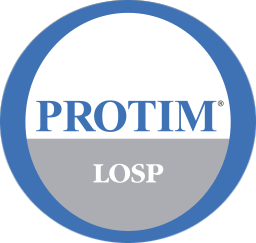Products


If you desire to apply a paint, stain, clear water repellent, or other finish to your preservative treated wood, we recommend following the manufacturer’s instructions and label of the finishing product.
Before you start, we recommend you apply the finishing product to a small exposed test area before finishing the entire project to insure it provides the intended result before proceeding.
Mould growth can and does occur on the surface of many products, including untreated and treated wood, during prolonged surface exposure to excessive moisture conditions.
To remove mould from the treated wood surface, wood should be allowed to dry. Typically, mild soap and water can be used to remove remaining surface mould. For more information visit www.epa.gov.